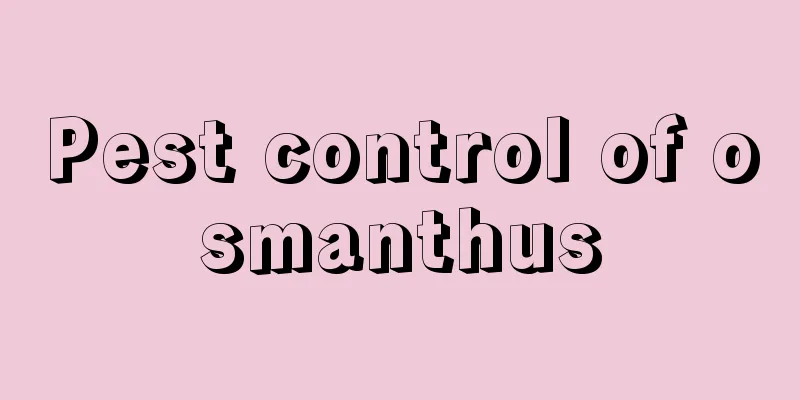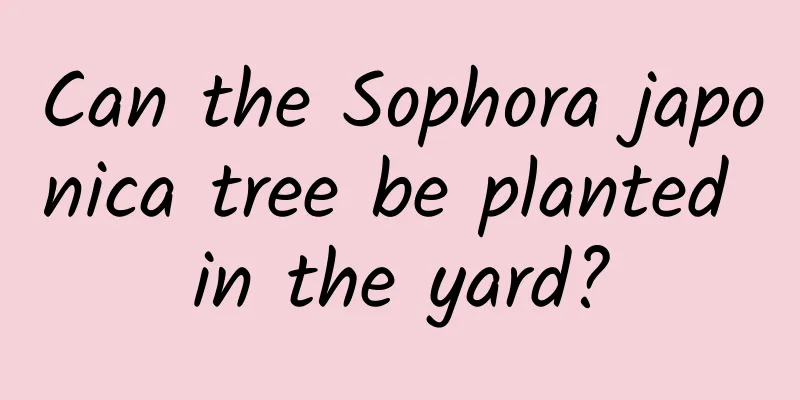Pest control of osmanthus

Osmanthus root-knot nematodeSymptoms: Root-knot nematodes mainly damage the roots, initially forming many nodules of varying sizes. The diseased plants have fewer fibrous roots and swollen root tips. The nodules are initially yellow-white, then gradually turn brown and rot. The above-ground parts are weak and tend to die in drought conditions. Mildly affected plants generally do not show symptoms, but as the cultivation years of the plants increase, the number of nematodes continues to increase, and the plants will then show symptoms such as growth decline, yellowing, and dwarfing, which are similar to the symptoms of fertilizer deficiency and drought, and are therefore often mistaken for being caused by lack of water and fertilizer. Prevention and control methods: Use 10% Kexiandan granules for prevention and control. When applying the pesticide, remove the soil 3-5 cm deep under the tree crown, spread it evenly on the ground, and then cover it with soil. Strengthen cultivation management and increase the application of organic fertilizer. Osmanthus butterflyMorphology: The forewings and hindwings are mostly black, with three rows of yellow spots along the outer edge of the forewings and three yellow spots in the middle chamber. The hind wings have the same markings as the forewings. The head, chest and antennae are black, the feet and abdomen are yellow-gray with several black horizontal stripes. Prevention and control methods: During the larval and pupation stages, inspect the osmanthus plants frequently and remove any larvae and kidneys that are found. During the larval stage, you can spray 1000 times diluted 80% DDT emulsifiable concentrate or 800-1000 times diluted 90% trichlorfon original drug to kill the larvae. Osmanthus fragrans whiteflyAppearance: Yellow, covered with white wax powder. The wings are translucent and also have white wax powder. The compound eyes are reddish brown, divided into two parts, upper and lower, with a small eye connected in the middle. Prevention and control methods: Appropriate pruning and improving ventilation and light can reduce damage. During the peak period of adult occurrence or when larvae are hatching in large numbers, you can choose to use 40% oxydemeton-methyl EC, 50% malathion EC, 50% carbofuran EC, 1000 times diluted 25% phosmet EC, 500-1000 times diluted 90% trichlorfon; 1500 times diluted 80% DDT, 1000 times diluted 25% quinalphos EC, 1500 times diluted 20% amitraz EC, and 2000-3000 times diluted 25% cypermethrin powder. It has been recently reported that spraying 2-3 times during the peak egg hatching period with 2.5% diazinon emulsion diluted with 5000 times water has the best control effect. Osmanthus red spiderMorphology: 0.42-0.52 mm long, with a wide range of body color variations, generally red, pear-shaped, with a long black spot on each side of the back. The female adult mite is dark red with black spots on both sides of the body and is oval in shape. Prevention and control methods: Once the disease is discovered, it should be dealt with immediately. Mite cleaner, aphid and mite killer, and triazole tin can be used for foliage spraying. Spray both sides of the leaves evenly. Do it once a week for 2-3 times in a row and it will be cured. |
<<: Common Pests of Hibiscus and Their Control Methods
Recommend
Grafting methods and techniques for old grape vines. It is important to choose the best time for grafting.
Old grape vines are generally grafted using the c...
How to grow Qibao tree
The maintenance environment of Qibao Tree Brocade...
Cultivation methods and precautions for potted lemons in the north
1. Breeding environment 1. Soil: The requirements...
What temperature is best for watering garlic during the winter?
When planting garlic , if you want to know whethe...
Should I use a large or small pot for the succulent winter beauty?
Should I use a large or small pot for the succule...
How much does rice cost per pound?
1. Rice prices At present, the price of rice is s...
Preparation method of plant rooting agent
Rooting agents are widely used in production and ...
Bamboo bonsai cultivation techniques
How to make bamboo bonsai To make bamboo bonsai, ...
How to propagate Christmas cactus by cuttings
1. Take cuttings Select two disease-free and rela...
How can a gardener water flowers like this? The flowers are growing more and more prosperous, you will be at a loss if you don’t look at them!
If you water it like this, the flower will die an...
How to identify jasmine
1.Tree trunk It is an evergreen shrub with weak f...
Rubber tree leaf cutting method
Select the leaf Although the petioles of rubber l...
How to grow lemons to make them more vigorous
1. Breeding methods 1. Soil: Lemon grows best in ...
How to grow big green radish to make it more vigorous
Overview of the cultivation of green radish The n...
How to pinch the top of jasmine
1. Time Because it will grow new branches, in ord...









